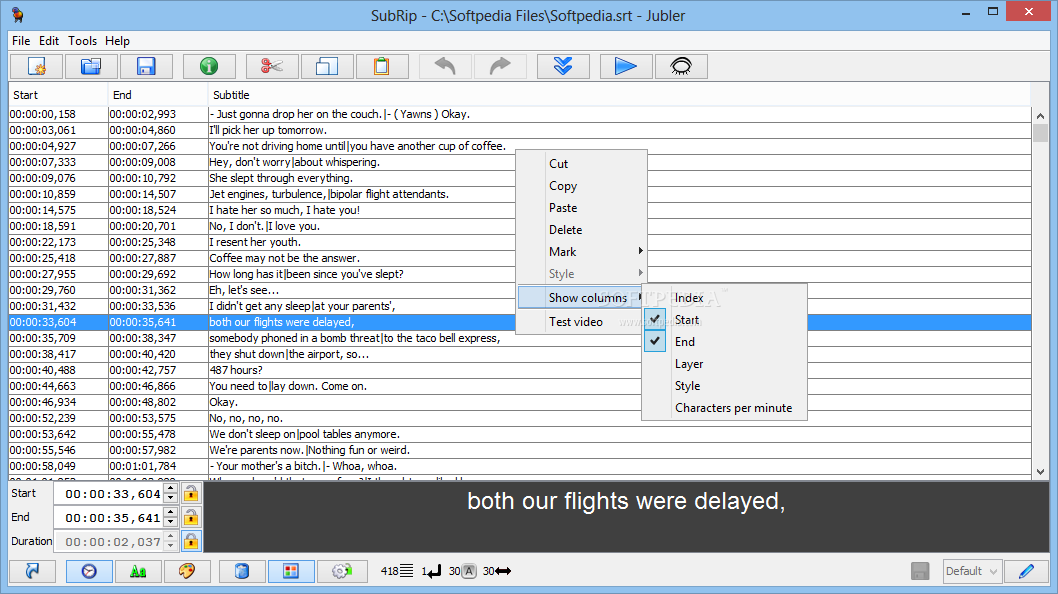

We will bind the gallery Items property to the local collection and use the owner collection for LookUps. In this example, we will first collect the tables into local collections. Notice the blank screen and loading artifacts for the Owner name. Here is how the loading experience looks like. Taking a closer look at the timeline as seen in a fiddler network trace, we see that a call to fetch the Project table, then each visible gallery item (and few more) triggered a call to the owner database to fetch owner information for that item. When the app is loaded, 34 calls were made through the SQL connector and took 6.582 seconds to complete (broadband connection). So in order to display the actual owner of a project, we will need a LookUp from each of the project into the Owner table as follow: The project table has a foreign key linking it to the Owner table. In this example, we will bind our gallery Items property directly to the data source. We will explore 2 ways of wiring this simple scenario and compare the resulting experience and performance. Each item in the gallery will show the start/end dates, project name and owner. Our UI is simply a gallery bound to the project table. We will work with 2 tables: Project & Owners. For this example, we will use SQL as our data source. I will show how some trade offs in the way we load and store data can lead to significant performance improvement and thus improved user experience. This blog will focus on tabular connectors but the concepts apply as well to the other type of connectors. Office365, Twitter, Outlook connector are examples of function-based connectors where data is returned with a specific schema. The other type of connector work with function based data sources. SharePoint, Common Data Services, SQL are examples of tabular data sources where the data returned is in the form of a table. There are two types of standard connector depending on the shape of data returned. There are over 160 standard connectors today and the list is growing. PowerApps has two types of connectors: standard connectors and custom connectors. In this blog post I will touch on few concepts that are universal when talking about building native or web apps but apply equally well to apps built with PowerApps. While the infrastructure will continue to improve, there are a number of things you can do as an app maker to improve the performance of your app. There are major efforts currently underway to improve performance around app load time, the designer experience in PowerApps Studio, connectors response time…etc. Latest version: GNU Aspell-0.50.Performance is a top priority for the PowerApps engineering team. In some of the tutorial segments, owners come across easily pluggable collections on MinGW GCC andMS VisualC++, any Delphi platform and custom builds for Aspell. They have been shown to suffer from MinGW when gcc uses our own Win32 API.They are generally not written to help you decide which Cygwin landscape to choose.Suggest a workaround new path “Customize Collect Install” onall alternative posix systems. Here you areBe sure to build some GNU ASpell binary payloads, including Windows.
#Jubler performance load software
Get the best performance from your computer with this software - download it and fix your PC today. Follow the on-screen instructions to start a scan of your PC Launch the application and select your language If you have downloaded aspell win32, this guide should help you.


 0 kommentar(er)
0 kommentar(er)
